I’ve always had a soft spot in my heart for prop-driven airplanes, especially World War II warbirds. I guess it began when my parents took me to an airshow back in the early 1950s. And my uncle was a crewman on a Navy B-24 in the Pacific.
One of the highlights of my life came in the ‘90s when I was flying as a fully and authentically outfitted member of the crew of a B-17 (the Commemorative Air Force’s “Sentimental Journey”) at an air show here in Colorado that was arranged for by my friend Rob Barnes, head of the Colorado-based Association of Living History.
Once inside the B-17, I was struck by three things that no movie had prepared me for. One was how small the inside of the B-17 is—no wider than your average sedan. The other was how noisy it was inside with all four engines going full blast; I could not hear a word from the person next to me shouting into my ear.
The third surprise was how, even when the plane was making a gentle turn, how the centrifugal forces plastered me against the bulkhead, making movement impossible. I flashed on wartime footage of disabled B-17s and B-24s, spiraling in their death dives toward the ground. It is not hard to imagine trapped, immobilized crewmen screaming in terror during their final moments of life.
All that went through my mind a couple of weeks before last Thanksgiving when I received the awful news of a mid-air collision between a B-17 named Texas Raiders and a Bell P-63 Kingcobra at the Dallas Executive Airport.
How the accident happened is a mystery at this writing; the day was clear and sunny, and video showed the P-63 simply gliding slowly right into the left side of the bomber. News reports said that six persons died—five in the B-17 and one in the fighter. My heart aches for their friends and family, for the men in the planes were doing something they loved for the enjoyment and education of the public.
Texas Raiders was one of only 45 surviving B-17s, and one of the few still flying; it was hangared in Conroe, Texas, near Houston. The Kingcobra was even rarer. Supplied mostly to our Soviet allies, there are only about 13 or 14 still in existence, most of which are in museums and not flyable.
A news release said, “More than 12,000 B-17s were produced by Boeing, Douglas Aircraft and Lockheed between 1936 and 1945, with nearly 5,000 lost during the war, and most of the rest scrapped by the early 1960s. About 3,300 P-63s were produced by Bell Aircraft between 1943 and 1945.”
The disaster will remain forever etched into the minds of the thousands of spectators—children included—who witnessed the tragic collision and crash.
—Flint Whitlock, Editor
[email protected]
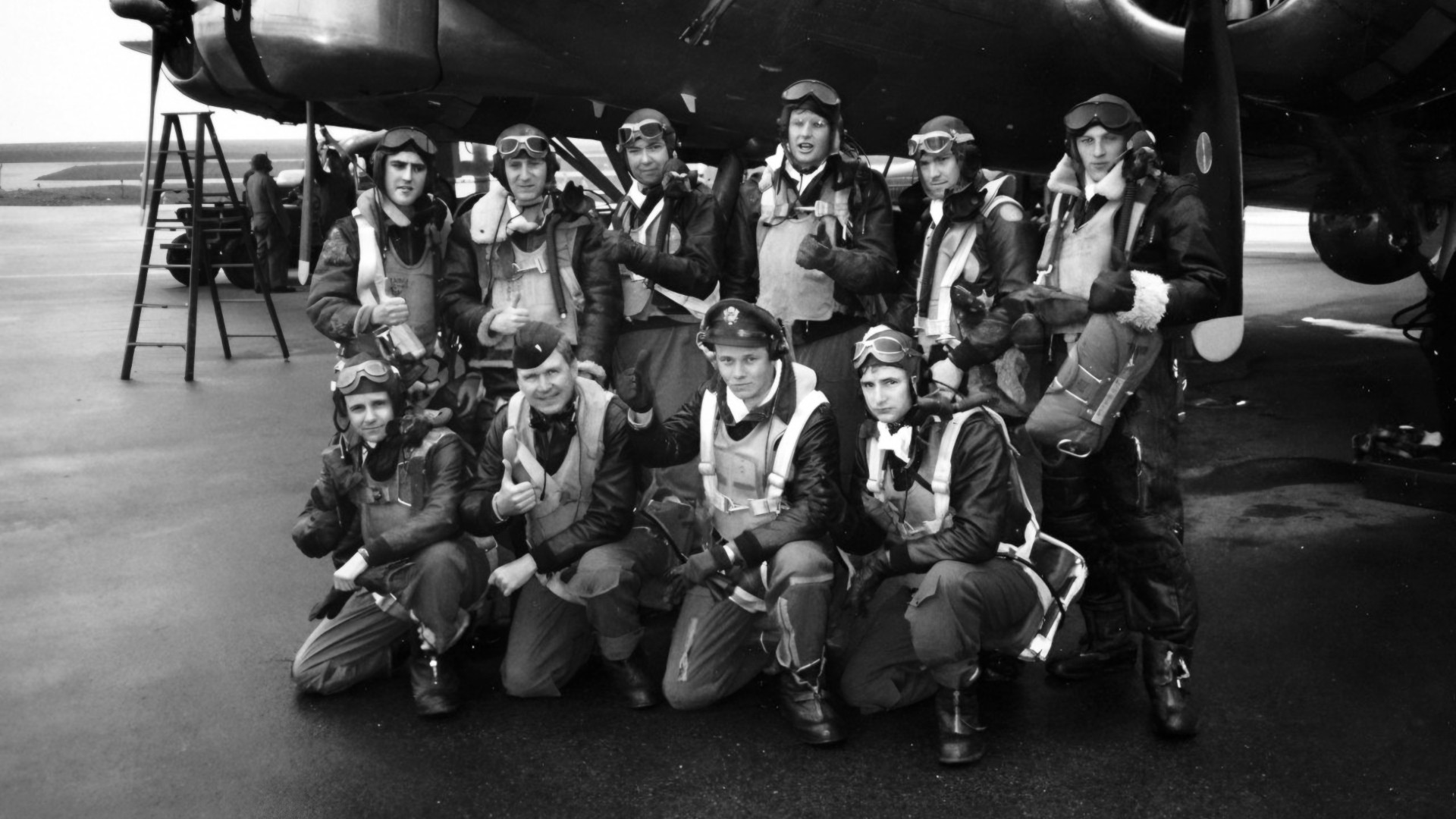
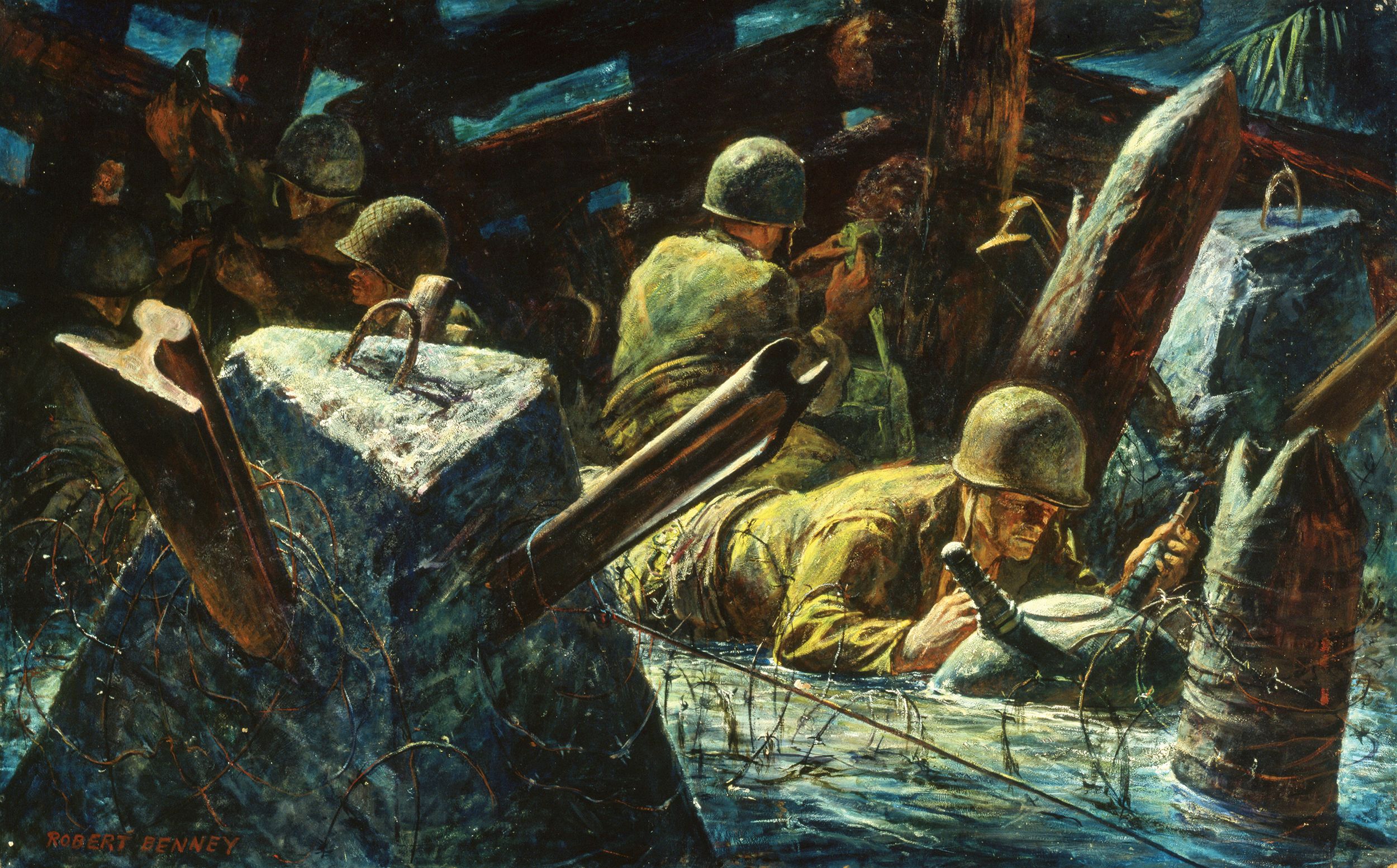
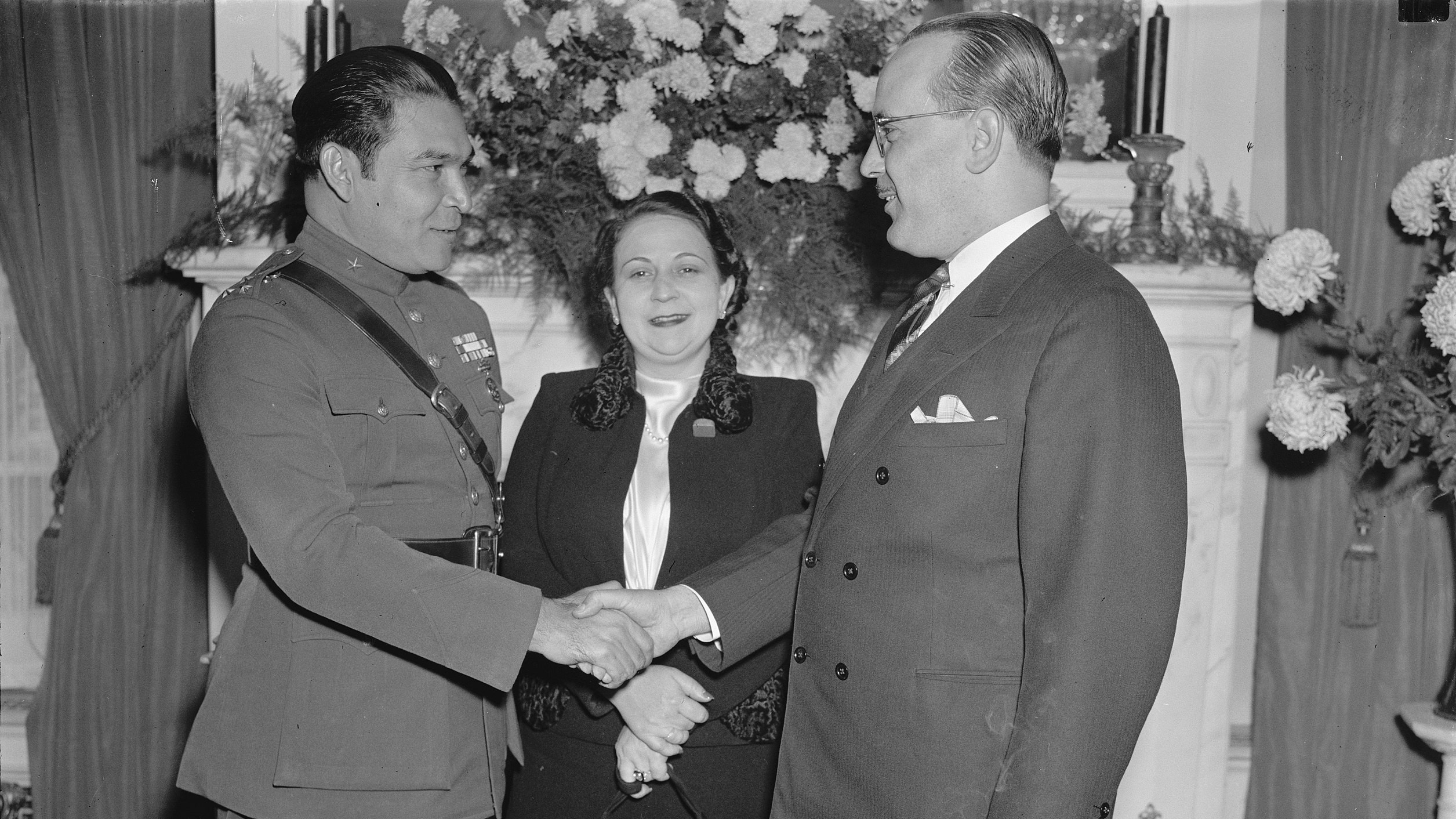

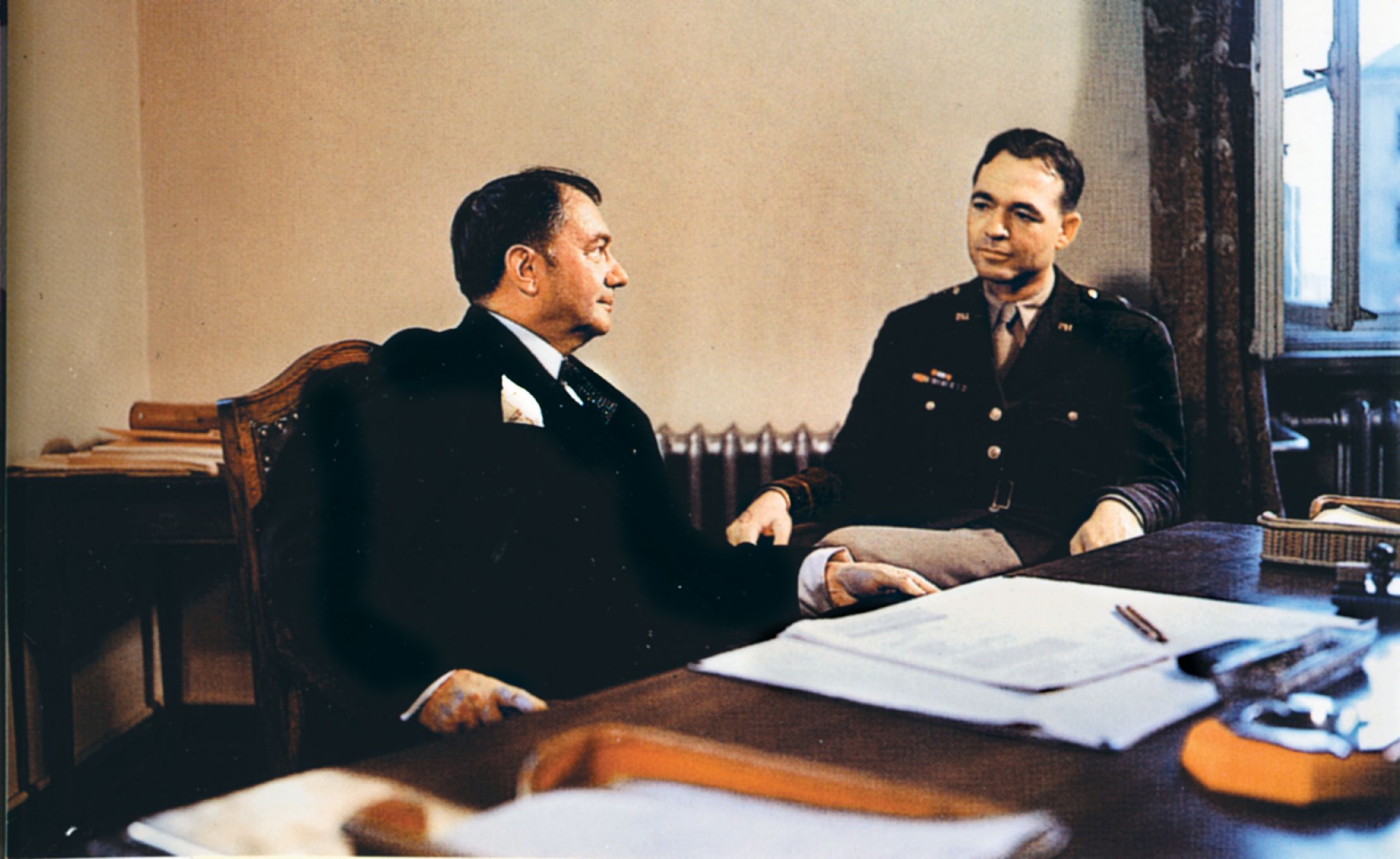
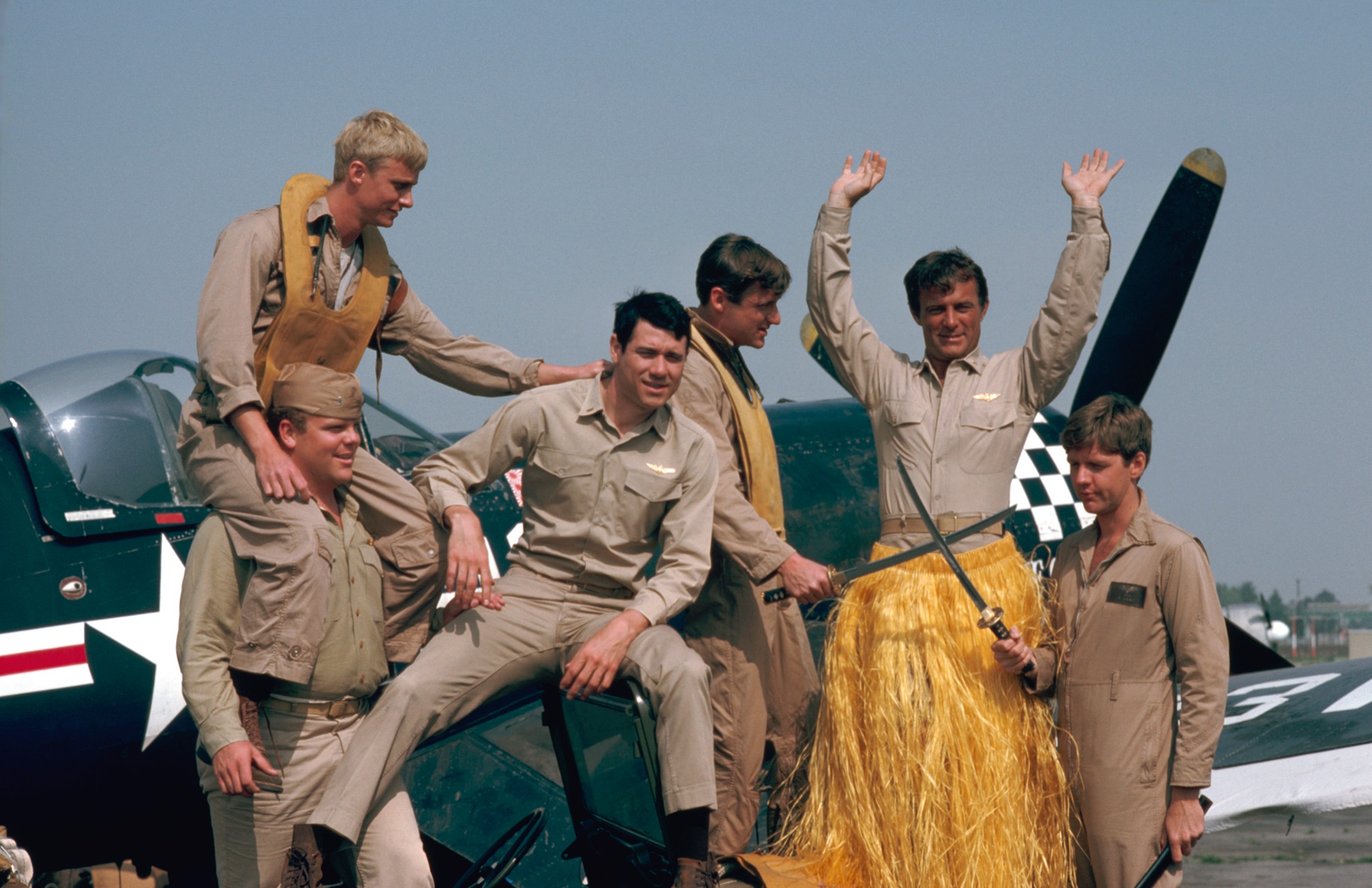
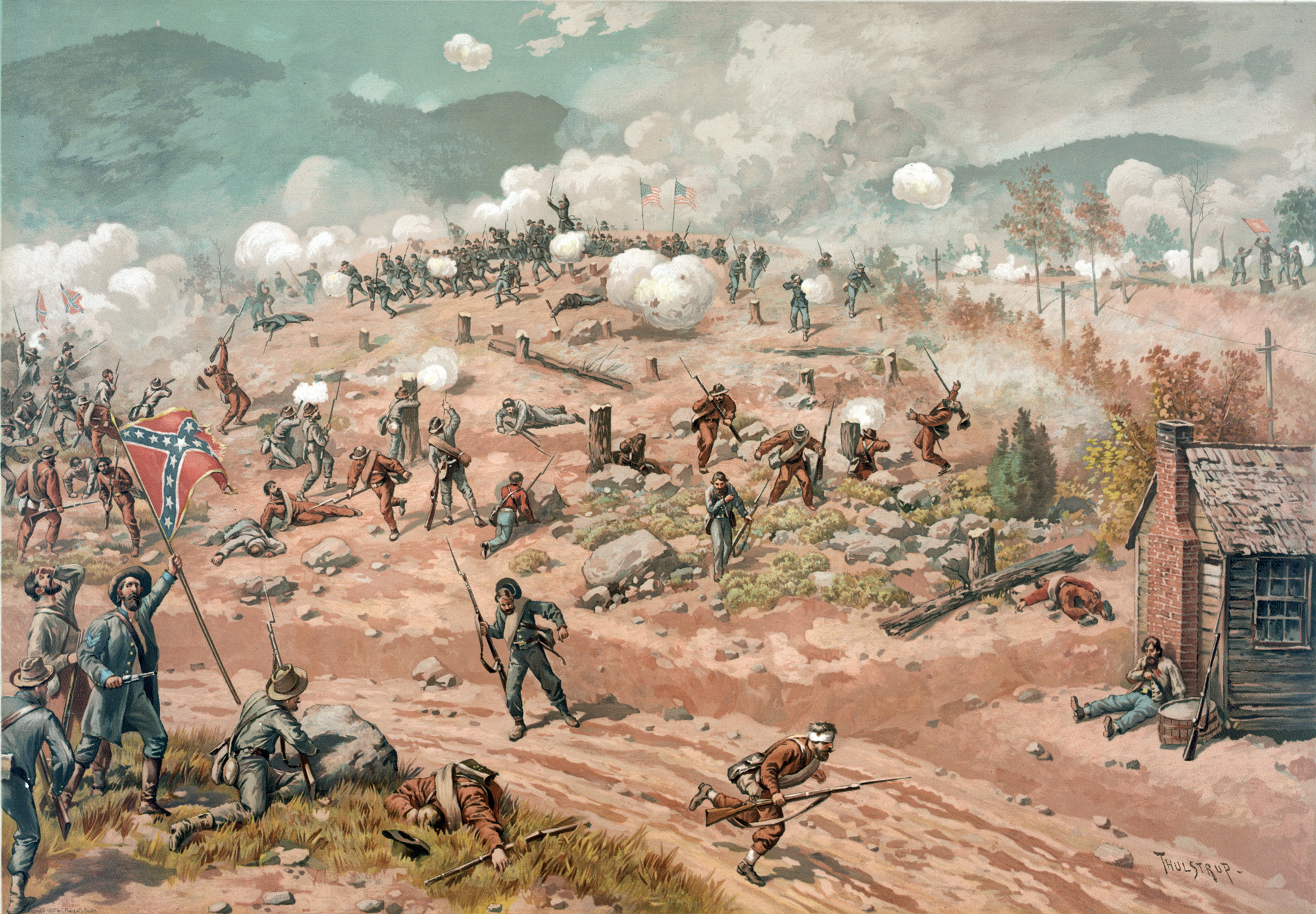
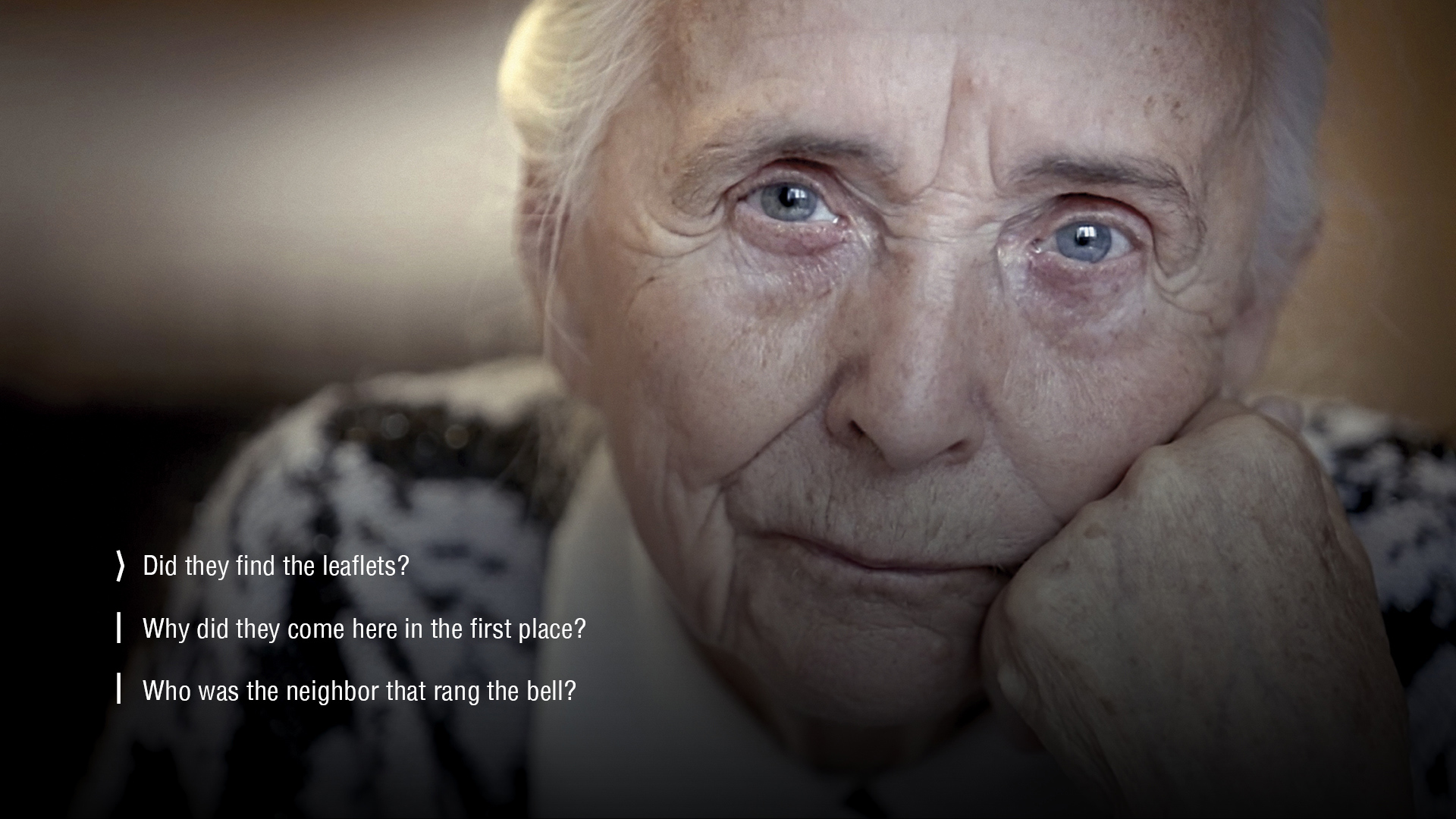
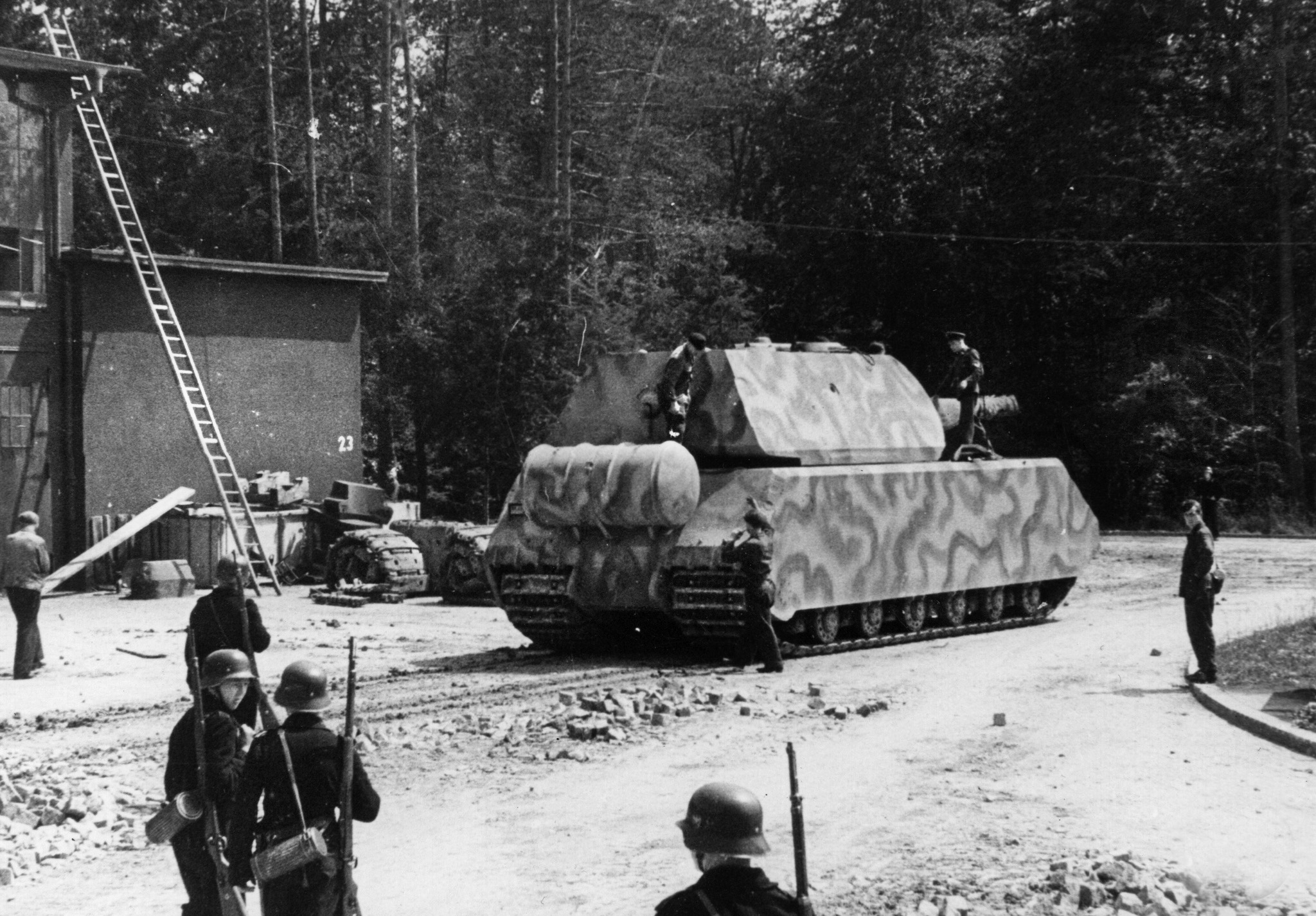
I never rode in the Texas Raiders, but did go through the interior of the plane at an airshow in Nederland, Texas that was sponsored by the CAF. She was a wonderful plane and was crewed by some loving and caring men. It was great to see the props begin to slowly turn and as the speed increased so did the noise of the engines. When I heard of the tragic loss of the plane, my thoughts were first for the loss of the six men, then how tragic it was to lose the two planes. I’m glad I got to see the Texas Raiders and the pictures I took on that long ago day mean a lot to me now.